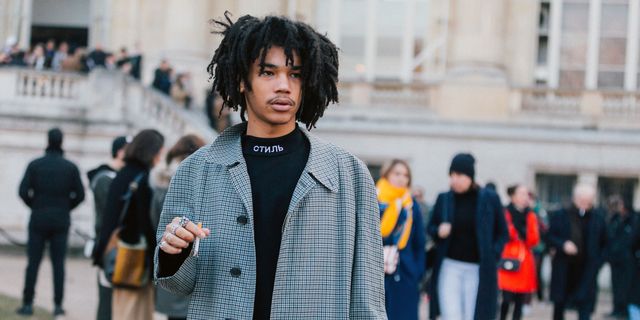How Fashion is Becoming More Diverse and Accessible
Fashion has always been a powerful form of self-expression, allowing individuals to showcase their personality, style, and identity. In recent years, there has been a growing movement towards inclusivity in the fashion industry, with an increasing focus on diversity and accessibility. Fashion is no longer limited to a specific body type, gender, or ethnicity, but instead, it is evolving to embrace inclusivity and celebrate the uniqueness of all individuals. In this blog post, we’ll explore how the fashion industry is embracing inclusivity and the positive impact it’s having on the industry and its consumers.
Body Positivity and Size Inclusivity
One of the significant changes in the fashion industry is the rise of body positivity and size inclusivity. In the past, fashion has often portrayed a narrow and unrealistic beauty standard, but now, there is a growing movement towards embracing all body types. Plus-size models are gaining visibility on the runway, in campaigns, and on social media, challenging traditional beauty standards and celebrating diverse body shapes and sizes. Fashion brands are also expanding their size ranges to be more inclusive, offering a wider range of sizes to cater to all individuals, regardless of their body size.
Gender-Inclusive Fashion
Fashion is also becoming more gender-inclusive, breaking away from traditional gender norms and embracing gender-fluidity. Many fashion brands are now offering gender-neutral or unisex collections, blurring the lines between traditional men’s and women’s clothing. Gender-inclusive fashion promotes self-expression and allows individuals to wear what makes them feel comfortable and confident, without being confined by societal expectations. This inclusive approach to fashion is challenging gender stereotypes and promoting acceptance and understanding of diverse gender identities.
Ethnic Diversity and Representation
The fashion industry is also making strides towards better ethnic diversity and representation. In the past, the lack of representation of diverse ethnicities in fashion was a prevalent issue. However, there has been a shift towards more inclusive representation of different ethnicities on the runways, in campaigns, and in the design process. Fashion brands are showcasing diverse models from various ethnic backgrounds, celebrating the beauty and uniqueness of different cultures. This increased representation in fashion is creating a more inclusive and accepting environment, where individuals from all ethnicities can see themselves represented and feel included.
Accessibility in Fashion
Accessibility is another crucial aspect of inclusivity in the fashion industry. Fashion is not just about aesthetics, but also about practicality and functionality. Many fashion brands are now incorporating accessible design elements into their collections, such as adaptive clothing for individuals with disabilities. This includes features such as magnetic closures, easy-to-use zippers, adjustable straps, and sensory-friendly fabrics. By making fashion more accessible, it allows individuals with disabilities to express themselves through clothing and be a part of the fashion community.
Social Responsibility and Sustainability
Inclusivity in fashion also extends to social responsibility and sustainability. Many fashion brands are now taking a more conscious approach to their production processes, sourcing of materials, and labor practices. There is a growing awareness of the impact of the fashion industry on the environment and the people involved in the production process. Brands are prioritizing sustainable and ethical practices, promoting transparency in their supply chains, and supporting fair labor practices. This inclusive approach to fashion takes into consideration the welfare of all individuals involved in the fashion ecosystem, from the workers who make the clothes to the consumers who wear them.
The Impact of Inclusivity in Fashion
The embrace of inclusivity in fashion has had a significant impact on the industry and its consumers. It has created a more accepting and diverse fashion community, where individuals of all backgrounds feel represented and included. It has empowered individuals to express themselves freely through fashion, regardless of their body size, gender identity, ethnicity, or ability. Inclusivity in
